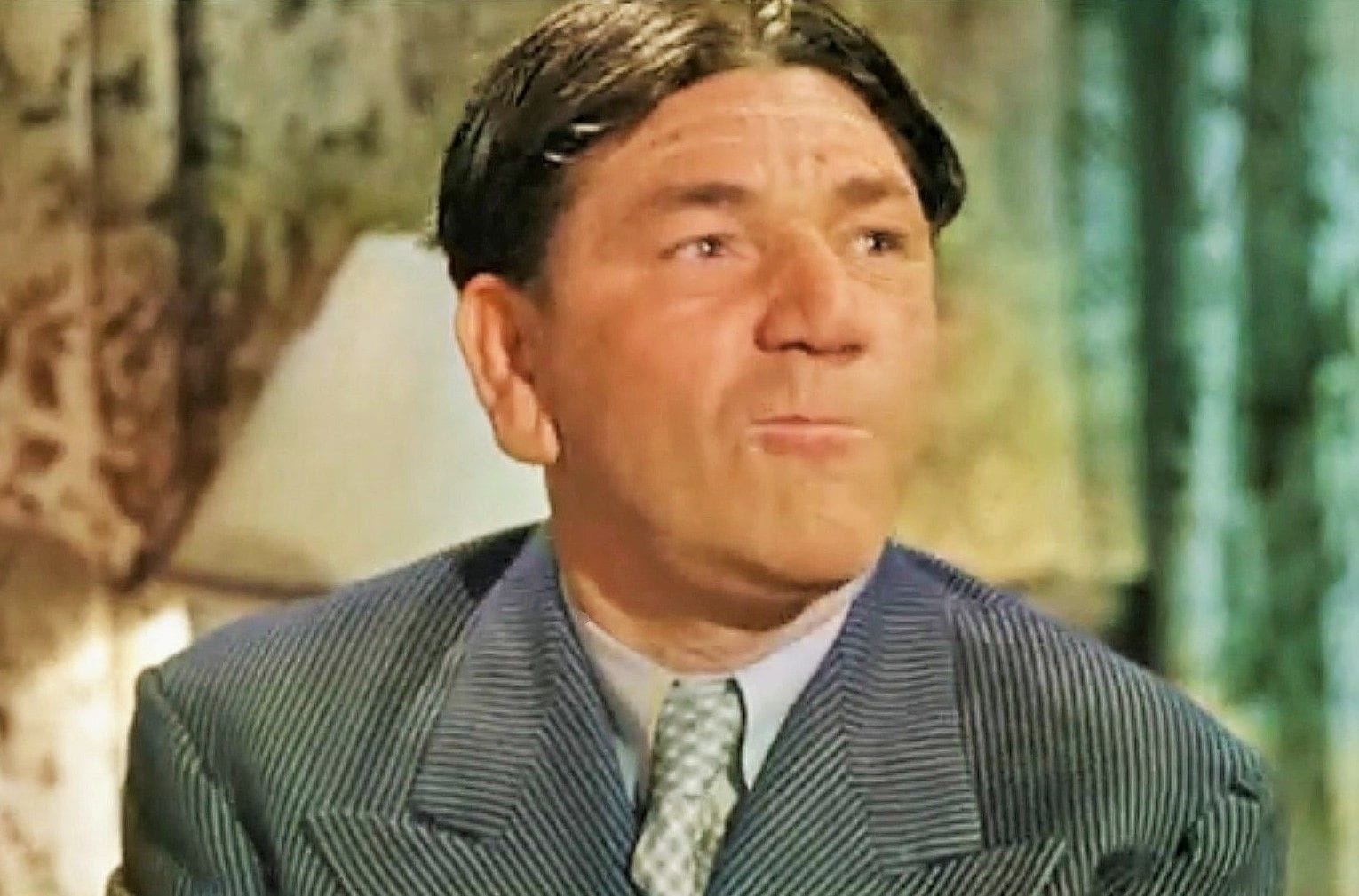While Moe, Larry, and Curly might be the names that first come to mind when you think of the Three Stooges, there’s another brotherly force behind the slapstick. This is the story of Shemp Howard, a comedic genius who played a pivotal, yet often overlooked, role in shaping the Three Stooges’ legendary career.
The Complicated Legacy of Shemp Howard
While not always as recognized as his comedic brothers, Shemp Howard was an integral part of the Three Stooges’ journey. His story is one of ambition, sacrifice, and a unique comedic style that left an undeniable mark on the world of comedy.
Shemp’s journey with the Stooges was anything but linear. He was actually one of the original members, but his time with the group’s notoriously volatile manager, Ted Healy, led him to pursue a successful solo career in 1932. This departure ultimately paved the way for his younger brother, Curly, to step into the now-iconic “third Stooge” role.
However, when Curly suffered a stroke in 1946, Shemp, ever the devoted brother, put his own flourishing career on hold to rejoin the act. This period, often referred to as the “Shemp Era,” marked a distinct shift in the Stooges’ dynamic. Shemp brought his own signature brand of humor, characterized by hilarious facial expressions, impeccable comedic timing, and that unforgettable “woob-woob-woob” sound.
Unpacking the Shemp Era
While some might argue that Shemp had big shoes to fill, he undoubtedly left his own indelible mark on the Three Stooges. His presence introduced a new layer of comedic complexity to the group’s routines.
Here’s a glimpse into what made Shemp’s contributions so special:
- A Unique Style: Shemp’s humor stood apart from Curly’s manic energy, offering a more understated, nuanced approach to physical comedy. His facial contortions and vocalizations became instantly recognizable trademarks.
- Loyal to the End: Stepping in for his ailing brother demonstrated Shemp’s unwavering commitment to family and his deep-rooted passion for comedy. It was a testament to his character and solidified his place in the Stooges’ legacy.
- An Enduring Influence: Although often overshadowed by Curly’s popularity, Shemp’s comedic DNA continues to resonate today. From catchphrases that have permeated pop culture to the exaggerated mannerisms seen in modern comedy, his impact is undeniable.
Delving Deeper: The Nuances of Shemp’s Story
Beyond the surface of slapstick and silly situations lies a narrative rich with intriguing details and complexities:
- Pre-Stooges Stardom: Before rejoining the Stooges, Shemp enjoyed a thriving solo career. He graced the stage and screen, showcasing his comedic talents in films and vaudeville acts, proving his versatility as a performer.
- The Ethics of Legacy: After Shemp’s passing in 1955, the studio made the controversial decision to use old footage of him in new Three Stooges productions. This practice sparked debate about artistic integrity and the boundaries of using an actor’s likeness posthumously.
- Comparing Comedic Styles: While both undeniably hilarious, Shemp and Curly brought contrasting comedic flavors to the Stooges. Exploring these differences offers a fascinating study in physical comedy, showcasing the range and depth each brother brought to the act.
FAQs About Shemp Howard and the Three Stooges
Why did Shemp Howard leave the Three Stooges?
Shemp’s initial departure from the Three Stooges stemmed from his turbulent relationship with their manager, Ted Healy. Healy, known for his volatile temper and abusive behavior, created an environment of fear and tension within the group. This treatment ultimately led Shemp to seek refuge and creative freedom in a solo career. His departure opened the door for his younger brother, Curly, to join the act.
Which of the Three Stooges were biological brothers?
The comedic chemistry of the Three Stooges was rooted in a real-life familial bond. Moe, Curly, and Shemp Howard were biological brothers, and this connection undoubtedly contributed to their seamless on-screen dynamic.
Why did Curly replace Shemp?
It’s crucial to note that Curly didn’t directly replace Shemp. Shemp, being the eldest, was actually one of the original members of the Three Stooges. His decision to leave for a solo career in 1932 created the opening for Curly to join Moe and Larry.
Conclusion: Giving Shemp His Due
Shemp Howard’s story is a testament to the fact that comedic brilliance can manifest in many forms. While he may be the unsung hero of the Three Stooges, his contributions to the group’s enduring success are undeniable. The next time you find yourself chuckling along to their iconic routines, take a moment to appreciate the unique comedic genius of Shemp Howard – the man behind the “woob-woob-woob” and a legacy that continues to inspire laughter generations later.
- Identify Black and White Snakes: Venomous or Harmless? - April 20, 2025
- Unlocking Potential: Origins High School’s NYC Story - April 20, 2025
- Period Quiz: Predict Your First Period - April 20, 2025
















2 thoughts on “Shemp Howard: The Unsung Stooge Who Redefined the Three Stooges”
Comments are closed.